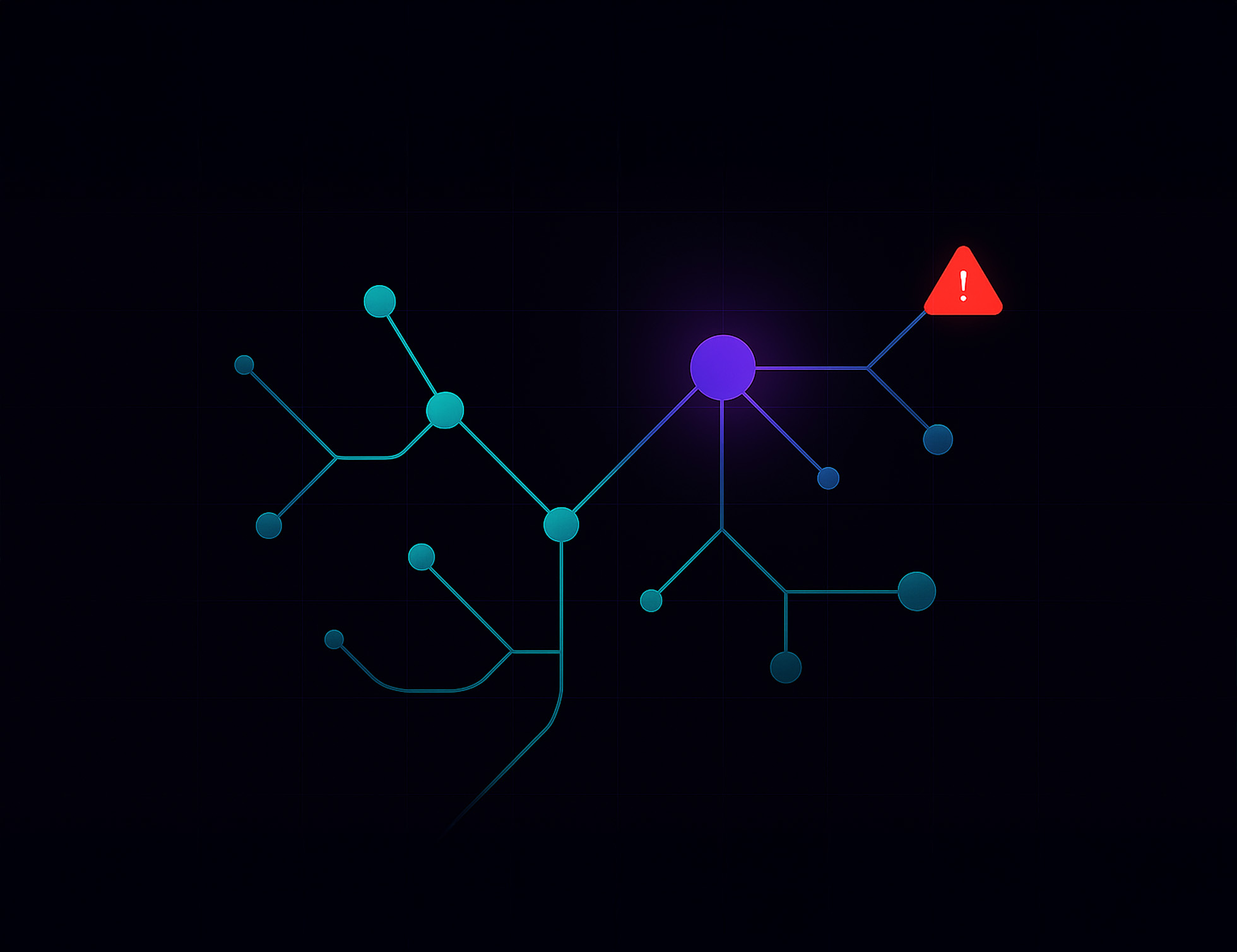Join our newsletter



The future doesn't follow blueprints. It emerges.
Here's the reality: 78% of breakthrough innovations weren't planned—they emerged from systems designed to discover. Yet most teams still design for predetermined outcomes.
The companies winning the AI race aren't just thinking exponentially—they're designing for emergence.
Traditional design assumes you know what you're building: Define requirements → Design solution → Execute plan.
But in exponential environments, the most valuable discoveries happen between the lines. The magic lives in what you didn't expect.
Netflix didn't plan to become a content creator. Amazon didn't plan AWS. Slack emerged from a gaming company's internal tool.
These weren't pivots. They were systems designed to recognize and amplify unexpected value.
Emergence goes beyond chaos. It's structured discovery.
It's about building systems that can:
This requires a fundamental shift from control to cultivation.
Build systems that constantly scan for weak signals.
Instead of waiting for problems to surface, deploy sensors that detect emerging patterns, user behaviors, and system anomalies in real-time.
Example: An e-commerce platform that doesn't just track purchases but analyzes browsing patterns, search queries, and abandonment points to discover new product categories before customers consciously demand them.
AI agents that identify meaningful connections across data streams.
These discovery engines spot relationships between seemingly unrelated events and behaviors.
Example: A SaaS tool that notices certain feature combinations correlate with 10x user retention, automatically suggesting new product bundles or workflow optimizations.
Systems that propose experiments based on detected patterns.
Rather than waiting for human insight, AI generates testable hypotheses about what might work next.
Example: A marketing automation platform that notices certain email subject lines perform better during specific weather conditions, then automatically tests location-based messaging strategies.
Systems that can implement and test new capabilities without human intervention.
This is where emergence becomes operational. Systems that can try new approaches, measure results, and evolve their behavior.
Example: A customer service AI that develops new conversation flows based on successful interactions, then A/B tests these approaches across different user segments.
The foundation of emergence requires four architectural pillars:
Week 1-2: Sensing Setup
Week 3-4: Recognition Engine
Week 5-6: Hypothesis Testing
Week 7-8: Adaptive Implementation
Our experience building adaptive systems has revealed five core principles that drive emergent behavior:
Teams designing for emergence report:
But the real advantage is evolution.
Emergence-ready systems don't just optimize existing processes; they discover entirely new possibilities. They don't just respond to change; they anticipate it.
Let's build systems that don't just work—they evolve, discover, and surprise us.
→ Ready to unlock emergence in your systems? Let's talk